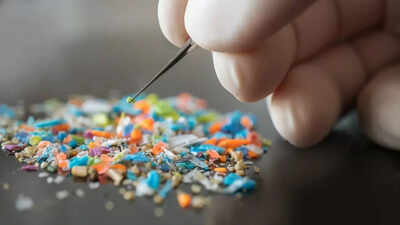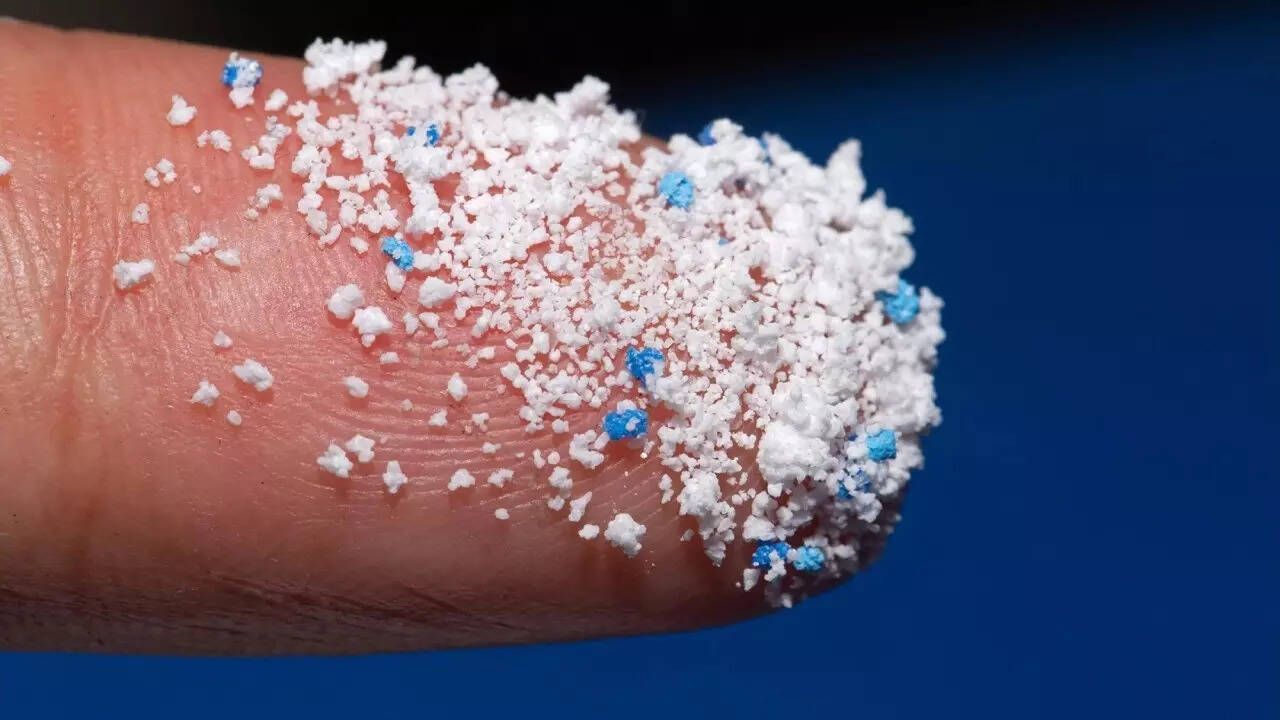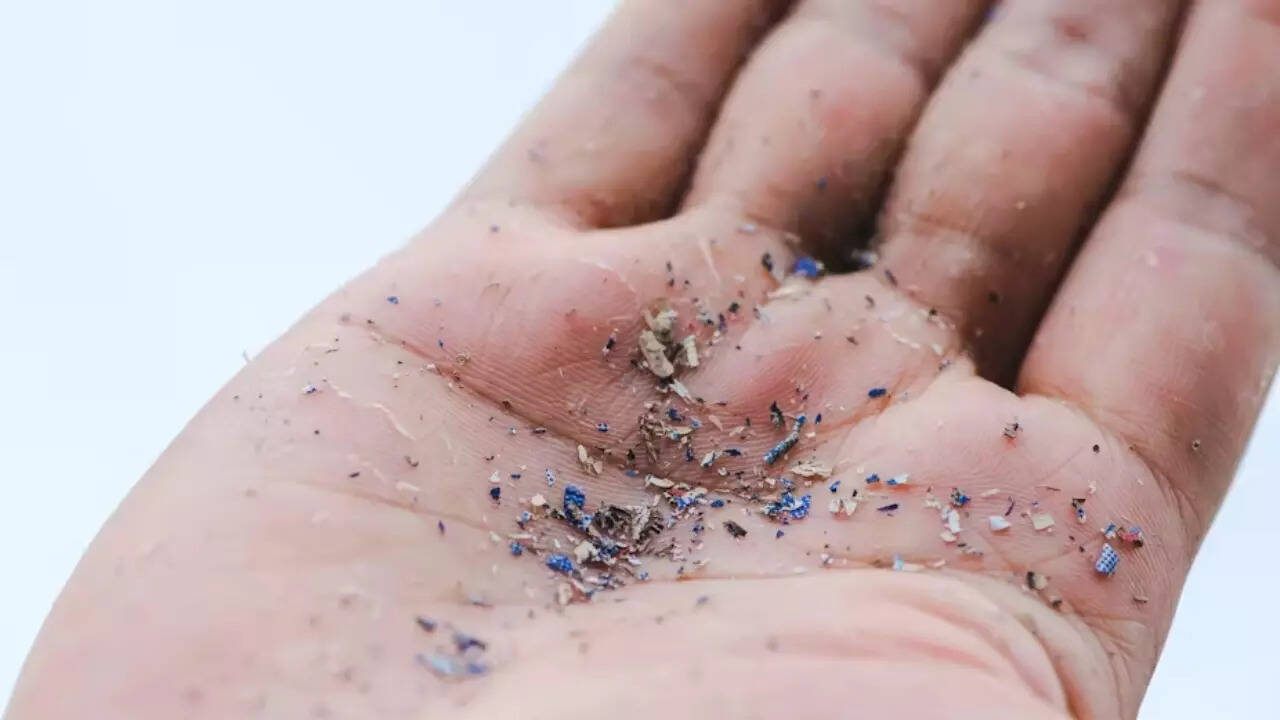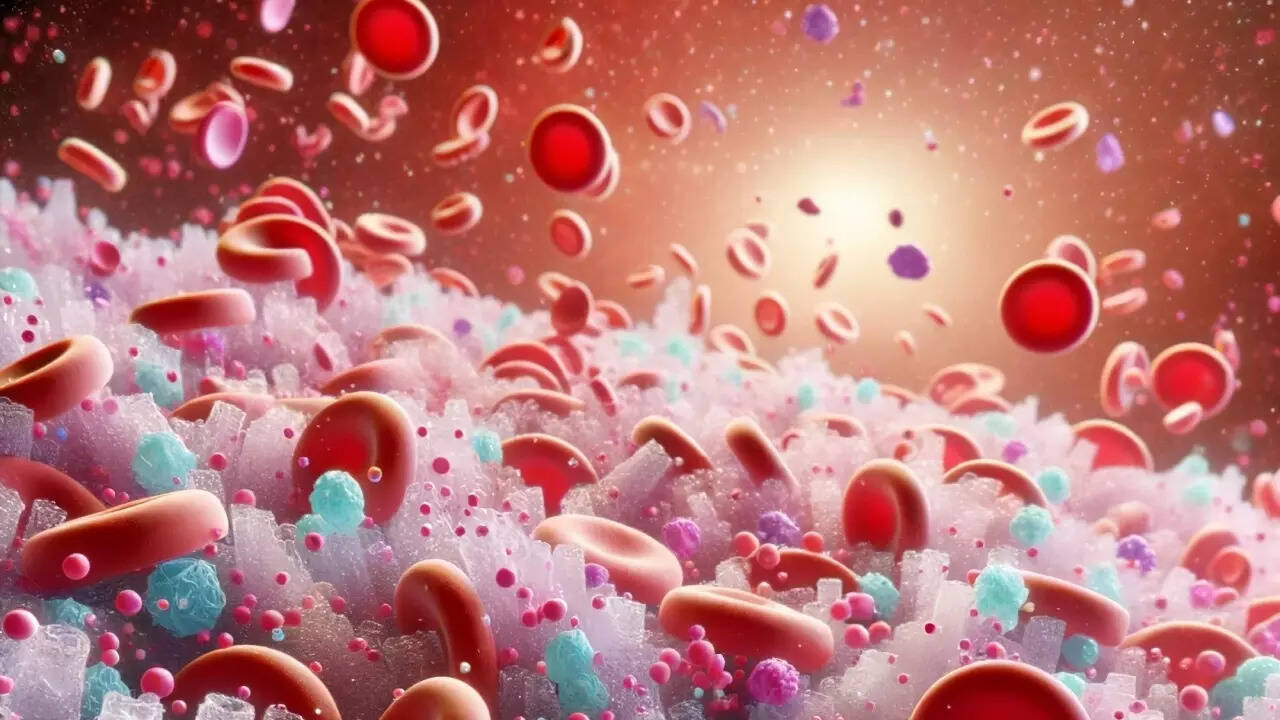Are we breathing microplastics? Study reveals the shocking amount of plastic our homes and cars contain |

Not just through food and drinking water, microplastics might be making their way into our bodies through thin air. A recent study has uncovered that the air inside our homes and cars may contain more microplastics than we ever imagined.Researchers using advanced Raman spectroscopy have discovered that we could be inhaling tens of thousands of microscopic plastic particles every single day when indoors. With growing concerns about the impact on digestion, respiratory health, fertility, and even cancer, this research raises urgent questions: How much plastic is in the air we breathe? And what does it mean for our long‑term health?
The study and its findings
Scientists from the Université de Toulouse recently measured indoor microplastic levels by collecting air samples from 16 apartments and car interiors. Using Raman micro-spectroscopy to analyze air samples from those residential apartments and car interiors, the scientists quantified how many plastic particles linger unseen in everyday environments.Their results were shocking:Apartments contained a median of 528 microplastic particles per cubic meterCars contained up to 2,238 particles per cubic meter, nearly 4x more than homesMost alarmingly, over 90% of these particles were under 10 µm in diameter, small enough to penetrate deep into lung tissue, according to the study published in PLOS ONE.Based on ventilation and average breathing, particularly indoors where most people spend approximately 90% of their time, the team estimated adults inhale roughly 68,000 microplastic particles daily (1-10 µm range), plus another 3,200 particles in the larger 10-300 µm range.
What are microplastics (and why are they harmful)?
Microplastics are fragments of any type of plastic less than 5 mm (0.20 in) in length, according to the U.S. National Oceanic and Atmospheric Administration (NOAA) and the European Chemicals Agency. US EPA researchers define microplastics, or MPs, as plastic particles ranging in size from 5 millimeters (mm), which is about the size of a pencil eraser, to 1 nanometer (nm).For comparison, a strand of human hair is about 80,000 nanometers wide.

The study found that over 90% of indoor airborne microplastics were under 10 micrometers, fine enough to penetrate deep into the lungs and potentially enter the bloodstream.Once inside, they can trigger:InflammationOxidative stressCellular damageDisruption to the immune systemFurthermore, microplastics often contain toxic additives like phthalates, bisphenol A (BPA), and heavy metals, which can leach into tissues and mimic hormones, contributing to fertility issues, metabolic disorders, and cancers.
What happens if we breathe microplastics?
Once we breathe microplastics through the air, particles under 10 µm bypass the body’s natural defense mechanisms and lodge deep in the lungs after inhalation, where they may cause inflammation, oxidative stress, and immune system disturbance.Studies show these plastic fragments can contain toxic additives like BPA or phthalates that may leach into tissues, worsening the health risks. Moreover, some studies have also detected microplastics in human brains and placentas, suggesting particles can travel through inhalation and accumulate in organs.

Where do these indoor microplastics come from?
Microplastics in indoor air come from a surprising variety of everyday sources, especially materials commonly found in homes and vehicles:Synthetic textiles and carpets (polyester, nylon, acrylic)Plastic packaging and containersHousehold dustFurniture and upholsteryDashboard and car interiors (PVC, ABS plastics)Even simple activities like walking on carpets, folding laundry, or driving a car can release particles into the air. Over time, friction, heat, and degradation cause these materials to shed microscopic fibers and fragments, which linger in stagnant indoor environments.
Why are cars even worse than homes?
The study’s finding that car interiors had the highest concentrations of airborne microplastics may be linked to confined space, heat, and heavy use of synthetic materials in upholstery and dashboards. Without proper ventilation, microplastics in cars can accumulate quickly.Since many people commute daily, extended exposure in enclosed vehicles may increase respiratory risks, especially for children and people with asthma or other lung conditions.
The damaging effects of microplastics:
Microplastics and nanoplastics can cause significant damage to living organisms, including humans, by triggering inflammation, oxidative stress, disrupting cellular processes, and potentially impacting various organs due to their ability to penetrate tissues and accumulate within the body, particularly when ingested or inhaled; this can lead to potential health issues like respiratory problems, digestive disorders, and reproductive complications depending on the exposure level and particle size.

Key points:Cellular damage: These tiny plastic particles can directly damage cells by causing physical disruption, disrupting cell membranes, and inducing cell death (apoptosis). Oxidative stress: Microplastics and nanoplastics can trigger oxidative stress within the body by generating harmful free radicals, leading to cellular damage and potential disease development. Inflammation: The presence of these particles can trigger an inflammatory response in the body, potentially contributing to chronic inflammatory diseases. Tissue accumulation: Due to their small size, nanoplastics can readily penetrate tissue barriers and accumulate in various organs, including the liver, lungs, and reproductive organs. Disruption of organ function: Depending on the organ affected, accumulation of microplastics and nanoplastics can disrupt normal physiological processes, leading to potential organ dysfunction.
How to limit the usage of microplastics?
To limit microplastic consumption, you have to reduce your use of single-use plastics, avoid heating food in plastic, and filter your tap water. Reduce single-use plastics: Use reusable bags, bottles, and containers. Choose cloth shopping bags, bamboo cutlery, and metal water bottles. Avoid plastic straws, bottles, and cutleryAvoid heating food in plastic: Microwave food in glass or ceramic dishes instead of plastic. Avoid frozen pre-packaged meals that are heated in the microwaveFilter your tap water: Boil your tap water to remove microplastics. Use a home filtration system, such as reverse osmosis, distillation, or ultrafiltration.Other ways to reduce microplastic consumption Buy organic clothes, Avoid plastic-containing cosmetics, Reduce consumption of processed foods, Don’t store food in plastic, and Avoid canned food with plastic liners.While completely avoiding microplastics indoors is difficult, there are steps we can take to reduce inhalation risks:Improve indoor ventilation by using air purifiers with HEPA filtersVacuum frequently with HEPA-equipped vacuums to trap plastic-laden dustLimit synthetic fabrics in furnishings and clothingChoose natural fibers like cotton, wool, or hempAvoid heating plastics in microwaves or near heat sourcesKeep your car ventilated and clean the upholstery regularlyMinimize use of plastics near heat or friction zones (e.g., dashboards, upholstered chairs)Additionally, simple habits like opening windows, dusting with damp cloths, and using exhaust fans can minimize build-up.





